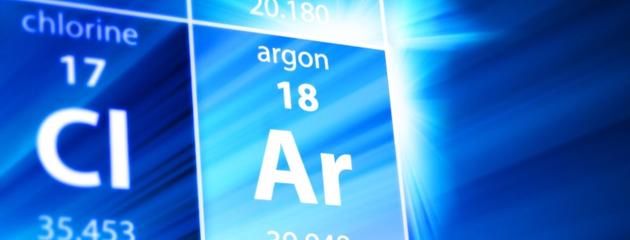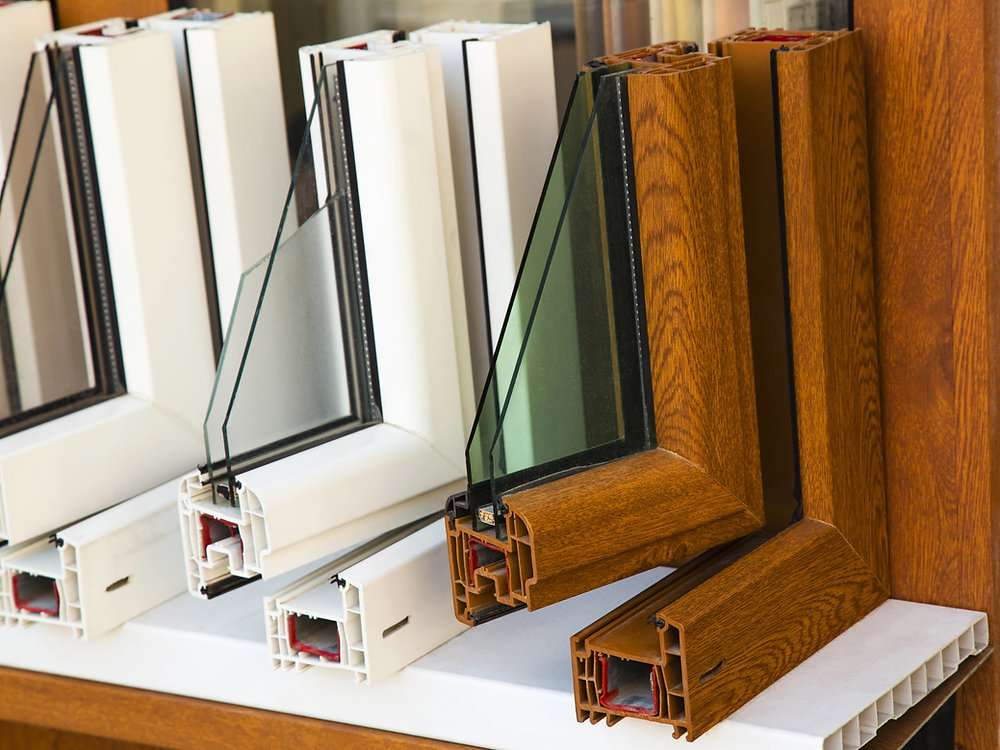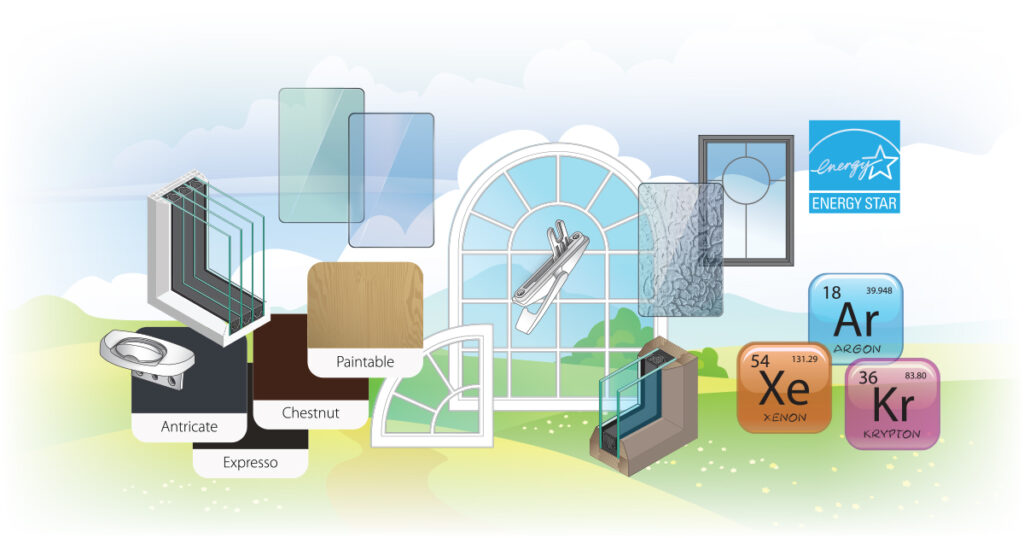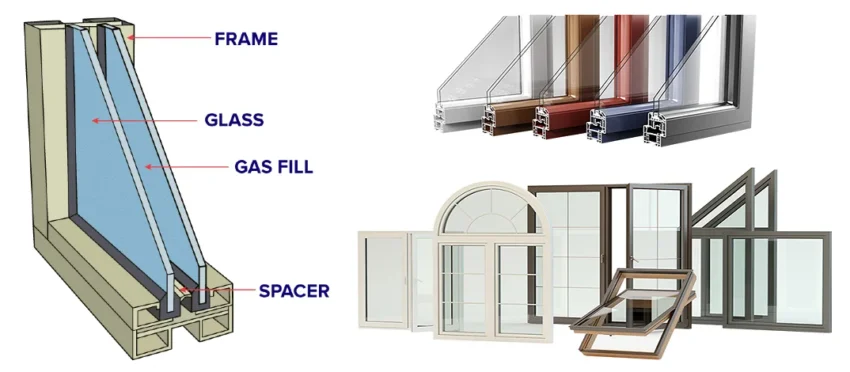One of the key advancements in window technology over the years is the use of gas in windows to improve insulation and energy efficiency. This innovation has transformed how modern windows perform, helping homeowners reduce energy consumption while maintaining indoor comfort. Whether you’re upgrading your windows or installing new ones, understanding how gas-filled windows work can help you make an informed decision.
What is Gas in Windows?
Gas in windows refers to the insulating gas—usually argon or krypton—used between the panes of double or triple-pane windows. These gases are inserted into the space between the glass panes to improve thermal performance by reducing the amount of heat transfer between the inside and outside of your home.

How Gas-Filled Windows Work
In traditional windows, air fills the space between panes, which doesn’t offer great insulation. By using gas in windows, the space is filled with a denser gas, such as argon or krypton. These gases conduct less heat than air, helping to maintain a stable indoor temperature and reduce energy costs by preventing heat loss in the winter and heat gain in the summer.
Types of Gases Used in Windows
The two most common gases used in windows are argon and krypton. Both have excellent insulating properties but vary in cost and effectiveness.
- Argon Gas: Argon is a cost-effective gas that is commonly used in windows. It’s denser than air, providing better insulation and improving the window’s energy efficiency.
- Krypton Gas: Krypton is a more expensive option but offers superior insulation, making it ideal for triple-pane windows or windows in extreme climates.

Comparing Window Types for Gas-Filled Windows
When choosing windows with gas insulation, it’s important to consider the type of window and how it will benefit from the gas filling. Below is a comparison of different window types and how well they perform with gas insulation.
| Window Type | Best Gas Filling | Benefits |
|---|---|---|
| Double-Pane Windows | Argon gas | Cost-effective insulation, improved energy savings |
| Triple-Pane Windows | Krypton gas | Maximum insulation, superior energy efficiency |
| Sliding Windows | Argon gas | Efficient heat transfer control, affordable option |
| Casement Windows | Argon or krypton gas | Better insulation and airtight when closed |
| Picture Windows | Argon gas | Ideal for large, stationary windows needing high insulation |
Benefits of Using Gas in Windows
There are several advantages to using gas in windows:
- Energy Efficiency: Gas-filled windows significantly reduce heat transfer, which helps maintain a consistent indoor temperature. This lowers the demand on your heating and cooling systems, reducing energy bills.
- Improved Comfort: With better insulation, your home stays cooler in the summer and warmer in the winter, creating a more comfortable living environment.
- Noise Reduction: The insulating properties of gas-filled windows also help to reduce noise from outside, making your home quieter.
- Condensation Control: By reducing the likelihood of condensation forming between panes, gas-filled windows prevent mold and mildew buildup.

Argon vs. Krypton: Which Gas is Better?
When deciding between argon and krypton, it’s essential to consider your specific needs:
- Argon Gas: More affordable and widely used in double-pane windows, argon gas is an excellent balance between cost and efficiency. It is ideal for standard home environments and provides sufficient insulation for most climates.
- Krypton Gas: Krypton gas is denser than argon, providing better insulation in triple-pane windows. However, it is more expensive and is typically reserved for homes in colder climates or where maximum energy efficiency is desired.

Potential Gas Leakage in Windows
Although gas in windows significantly improves insulation, there is a possibility of gas leakage over time. Windows are designed to have sealed units that keep the gas inside, but if the seal is broken or damaged, the gas can slowly leak out. When this happens, the window’s insulating properties decrease. It’s important to ensure proper installation and maintenance to avoid this issue.
Gas-Filled Window Replacement
If your windows are showing signs of decreased insulation or gas leakage, you may need to consider gas-filled window replacement. Replacing old windows with new, energy-efficient gas-filled models can restore insulation, lower energy costs, and improve the overall comfort of your home.
Conclusion
Using gas in windows is an effective way to enhance energy efficiency, reduce heat transfer, and improve the comfort of your home. Whether you choose argon for cost-effective insulation or krypton for superior performance, gas-filled windows offer numerous benefits that make them a smart investment. By understanding the options and selecting the right gas-filled window for your home, you can enjoy lower energy bills and a more comfortable living environment.

